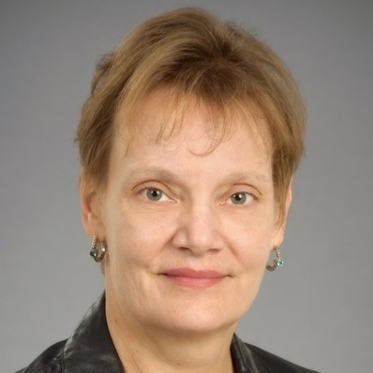Solving Climate Change- operationalizing inter and transdisciplinary science and public policy
Author(s):
Margot A. Hurlbert

CSPC 2017 Panel 318-323: Addressing Major Global Challenges through Science and Public Policy
Climate Change is a wicked and unwieldy problem impacting every sector, every level of government, and ultimately all people. Although climate change science is uncontroverted, there is much uncertainty on when, where and for how long the impacts of climate change, such as dryness resulting in drought and excessive precipitation resulting in flood, will occur. There is also uncertainty surrounding how Canada will meet its national determined contributions, what technologies will assist and be accepted by people, and how we will achieve wide scale de-carbonization.
We know that interdisciplinary and transdisciplinary science is needed to meet the challenge of climate change, especially if we are to meet Sustainable Development Goals. However, do we know how to truly conduct interdisciplinary and transdisciplinary science? Interdsipclinary science draws on multiple disciplinary insights integrated via a common method or research question, whereas transciplinary science ingrates the disciplinary science beyond the academy, incorporating policymakers, stakeholders, and the public. To solve climate change, we need to include a vast array of scientists including climate change modelers, climatologists, paleo-climatologists, hydrologists, geographers, ethnographers, philosophers, economists, policy scientists, to mention a few. But to make large scale societal changes, how can we move forward without incorporating multiple expertise, authority, players, and organizations including government, industry, communities and academic and research institutions? For the societal change necessitary to address climate change, now more than ever, all of us must meaningfully engage with people.
Integrating multiple disciplines to solve a problem such as climate change, or even a subsidiary problem such as drought, flood, desertification, or food security, requires strong leadership, facilitation, and project management skills. Linking the work of academics in solving these problems with industry, government, stakeholders, and the public, requires imagination, creativity, and persistence. Based on my participation in many climate adaptation projects, it has become clear to me that in order to be successful, we must address age old conflicts including: 1. Differing epistemologies between natural and social science and quantitative versus qualitative research; 2. Differing organizational dynamics between corporate governance, elections of government, and academic research agendas; 3. Intransigence, inability, and/or un-comfortableness in incorporating local knowledge into our science agendas. Focused, constant commitment and respect for the central role of local knowledge and social learning is required. Acknowledging, accepting and planning for these conflicts is obligatory in our institutional research design.
Many of these conflicts center around uncertainty. To achieve success we must fully embrace uncertainty – the uncertainty of quantitative science in relation to ‘presumptions’ and ‘rounding’ – the uncertainty of qualitative social science – the uncertainty of governments in re-elections, firms in profit making – the uncertainty that people have in accepting science, understanding science, and in their own views and constructions of reality. Responding to uncertainty of all kinds can be addressed through developing a common language amongst disciplines and participants, and constructing a robust institutional mechanism of integration.
If we are to achieve large-scale change, science and innovation policy must be effective. The time for platitudes and bland statements about inter and trandisciplinary science has long since past. Demonstrated success as well as a clear articulate plan and vision to address how exactly the psychosocial and biophysical science will integrate, how this integration will include local people, and how conflicts will be reconciled are required.
More on the Author(s)
Margot A. Hurlbert
University of Regina
Johnson Shoyama Graduate School of Public Policy

